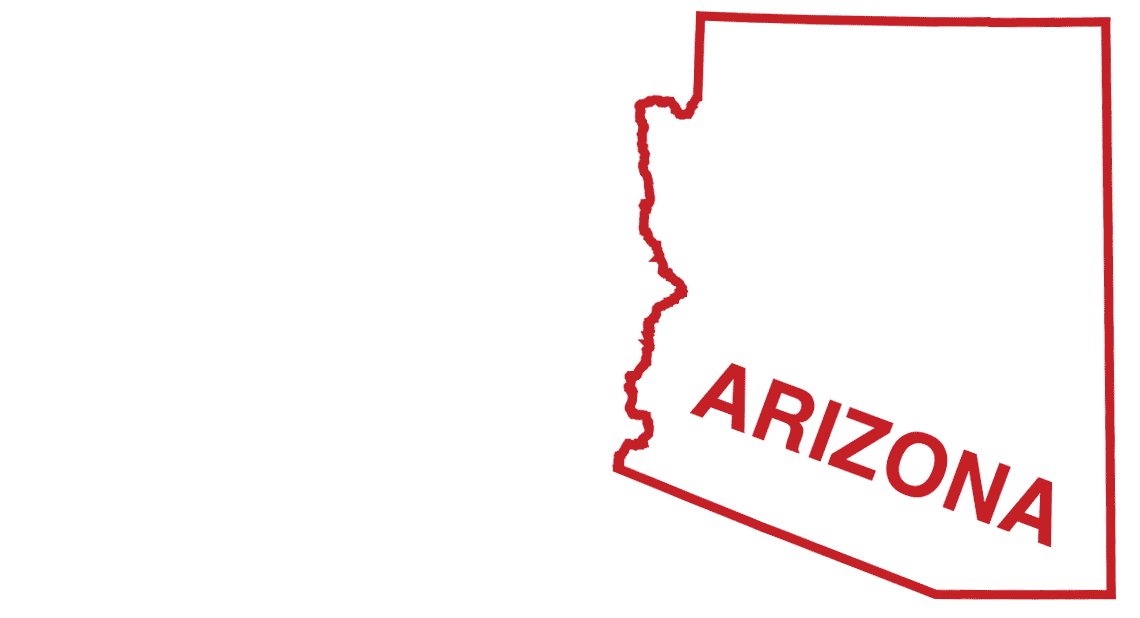
I have been a teacher for most of my life. Being a teacher has been a good life. Working with kids is one of the hardest, most exhausting, and most rewarding jobs that a person can do. It takes heart, and smarts, and a huge amount of personal strength and awareness. Over the years, I became a really good teacher. I worked with amazing, inspiring educators who helped me see the world in new ways. I learned from my students, took classes to become a reading specialist, and over my teaching career, I taught everything from third grade through community college. My heart is filled with all the incredible students I met along the way, and as any teacher will tell you, some of my most challenging students are the ones who are most deeply in my heart.
So if teaching is so great, why is it so hard to find teachers? In theory, teaching fulfills a passion for education and/or children, offers a good schedule for raising a family, and you “get summers off.” (I have heard this statement thrown around a lot during this last year in Arizona.) Arizona teacher salaries have been somewhat improved by recent legislation, but we are still one of the lowest-paying states in a low-paying profession: On average, U.S. teachers earn 30% less than other college graduates do. Yet salary increases alone will not help the teacher shortage issue. Class sizes in Arizona continue to rise, making it hard for teachers to meet their students’ needs effectively. Among OECD countries, U.S. teachers spend the most number of hours face-to-face with students and have the lowest number of hours for collaboration and planning. Taken together, these factors make teaching exhausting and, at times, even untenable. This doesn’t even take into considerations all of the expectations and pressure placed on teachers for student learning and test outcomes, as well as the social-emotional support educators provide on a daily basis.
In this EPAA special issue, what Linda Darling-Hammond and her Learning Policy Institute colleagues help us understand is that while increased teacher salaries and lower class sizes are important, they are only part of the possible solution for our teacher shortage. Make no mistake: we need change in these areas. At the same time, though, we need to put other supports back into place: induction programs for new teachers; teacher residency programs, which we lack entirely in Arizona; career ladders and other ways of supporting teacher professionalization, just to name a few.
There is this strange phenomenon that happens with teaching. Perhaps because most people have been students for many years, they seem to think this makes them education experts. We see this in our policymakers, and we see this implied on the “Want to Teach?” signs that litter the Phoenix I-10. My sister is a family practice MD, and while I have absorbed some professional knowledge from her over the years, I would never apply for a full-time medical position. You may say the comparison is not fair or realistic, and perhaps it’s not. But shouldn’t it be? Our children deserve professional guides for their learning, and we cheat our children by pretending that anyone can teach without training and support. We cheat our children by not prioritizing education enough to treat our teacher shortage as the true emergency it is and taking steps to repair the damage.
According to one recent study, eight percent of America’s public school teachers leave the profession each year. In Arizona, 18.8% of teachers left the profession in 2016 alone, compared with 7.7% nationally. Considering the conversations I have had with my teacher friends and the flood of red t-shirts that descended on the Capitol last April, I don’t imagine our retention rate is improving. Approximately 25% of Arizona teachers will be eligible for retirement in the next two years. Areas like special education, science and math already suffer extreme shortages. In all of these shortages, our low-income students suffer the most. The teacher shortage is not going to solve itself, no matter how many billboards we post along the freeway. We need to implement a comprehensive, multi-pronged approach, and we need to do it soon.
We – colleges of education, legislators, policymakers, school districts and philanthropists – need to understand what the research tells us about possible approaches for addressing this crisis head-on, because this truly is a crisis. I am thankful to Darling-Hammond and her powerhouse colleagues for providing, if not the path, at least the signs that point us in the right direction – without using billboards.
Want to teach? Read this special issue, and then teach someone today what you learn about our teacher shortage.
For more information about the Arizona teacher shortage:
Understanding Teacher Shortages: 2018 Update – state-by-state interactive map
U.S. Department of Education – Teacher Shortage Areas